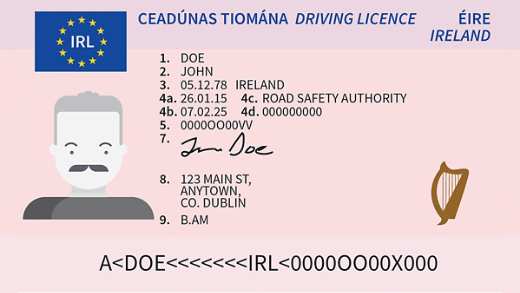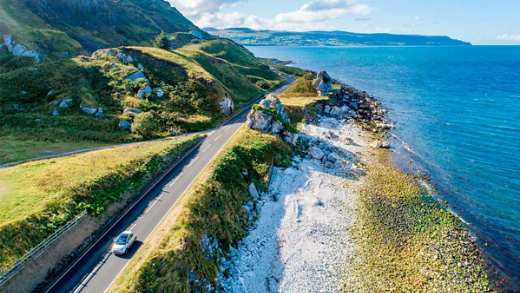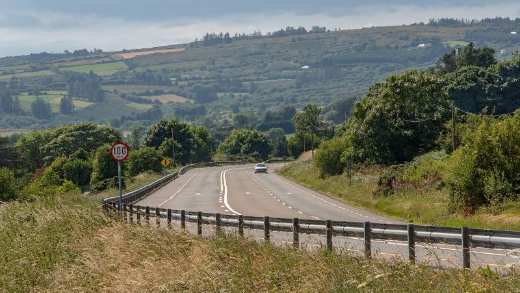Winter weather means that traffic can move slower than usual, as there are more factors to deal with such as heavy rain, fog and snow. This can be frustrating or even stressful for drivers. To avoid running into danger in stressful situations on winter roads, it is important to apply good practice of time and space.
For instance, your stopping time increases ten fold when driving on icy roads.1 Being mindful of the time you give yourself to make decisions, and also how much space is between your car and the cars around you, will make a huge difference to your safety.

Good time and space practises when driving are a method of managing the hazards around you. Have you ever had to brake quite abruptly and sharply because the vehicle in front of you began to slow down? This likely means you were driving too closely behind that car. Below is a breakdown of how you can apply the concept of good time and space to your driving habits.
- In dry weather, follow the ‘two second rule’ when judging the space between you and the car in front. Pick a stationary object ahead of your and the car in front. When the car in front passes this object, say ‘only a fool breaks the two-second rule'. You should only be passing the same object by the time you finish saying this phrase. If you pass before you finish saying it, you are following too closely behind the car ahead.
- In wet conditions you should double the ‘two second rule’ by leaving enough space between you and the car ahead for you to say the phrase twice. Heavy rain can cause aquaplaning to occur, which can be a very dangerous situation.
- Maintain a speed in which you’re confident you can stop fully within the distance you can see between your car and the car ahead of you. Remember, speed limits are a maximum, and not a target speed.
- Motorway driving requires different rules and requirements for time and space. The maximum speed limit on Irish motorways is 120km per hour for standard vehicles. Your total stopping distance when travelling at 120km per hour on a dry road is 78 metres. On a wet road, it is 145 metres.2 To put this into perspective, Croke Park is 144 metres long. You must bear this in mind for your stopping distance on a motorway, give plenty of signal to those around you when you intend to overtake or slip off the motorway.
- In areas where there are pedestrians you must be mindful of your speed and the space around your car. If driving at 30km/h, the risk of pedestrian death if hit is 5%. This risk increases to 85% if you’re driving at 60km/h when they are hit.
- When driving in the dark your visibility and ability to judge distance and speed is reduced. Pay attention to the luminous markings and signs around you to inform you of speed and upcoming bends and obstacles. For a full guide to driving safely in the dark, click here.
During these cold months, why not check our list to make sure your car is fully prepared for the winter? Learn more about Aviva car insurance.
















